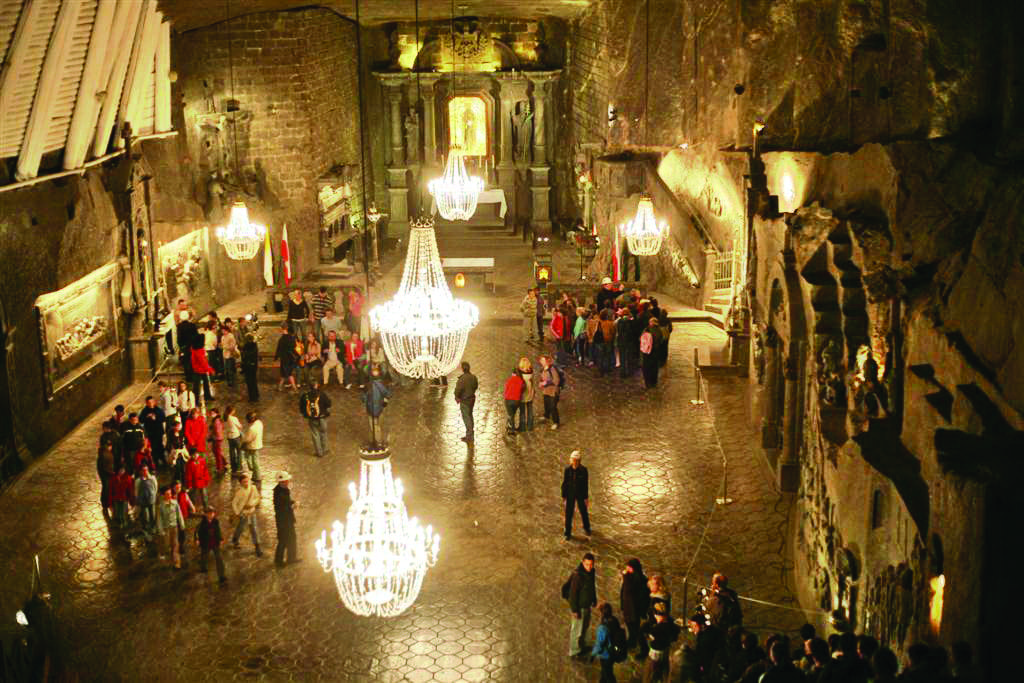Salt Mines (December 12)



Imagine walking through an underground city carved out of salt. Imagine this underground city with chapels, bedrooms, dining rooms with chandeliers and sculptures of biblical scenes, saints, and famous historical figures – all carved from salt. Since the 13th century, over 700 years ago, the Wielickzka salt mine near Krakow, Poland, has been mined, and an underground city has been carved out in the process. This salt mine is over 1,000 feet deep and 180 miles long. But how did all this salt get there?
Seawater contains salt. When seawater evaporates, it leaves behind salt and other minerals. Evolutionists believe that these thick, extensive salt deposits came about from the evaporation of seawater over great ages. These underground salt deposits, however, are ultra-pure sodium chloride, free of contaminants and ready for use on roads and for consumption. Where are all the sand and sea creatures trapped in this evaporating seawater over millions of years?
A better explanation is that during the Flood of Noah’s day, “all the fountains of the great deep (were) broken up” (Genesis 7:11), spewing out hot liquids into the cooler, deep oceans. Once cooled, these superheated, super-saturated waters lost the ability to hold their load of dissolved minerals, resulting in great layers of precipitated salts. Salt deposits are better explained as precipitates, not evaporites. So if you ever spend the night in a “salt bedroom,” or just add salt to your popcorn, think biblically about where that salt originated; salt is a result of Noah’s Flood–and then tell others from where it came.
Matthew 5:13
Reference
Dr. John D. Morris, October 2012. The Global Flood Unlocking Earth’s Geologic History. Institute of Creation Research: Dallas, Texas. p.127.
